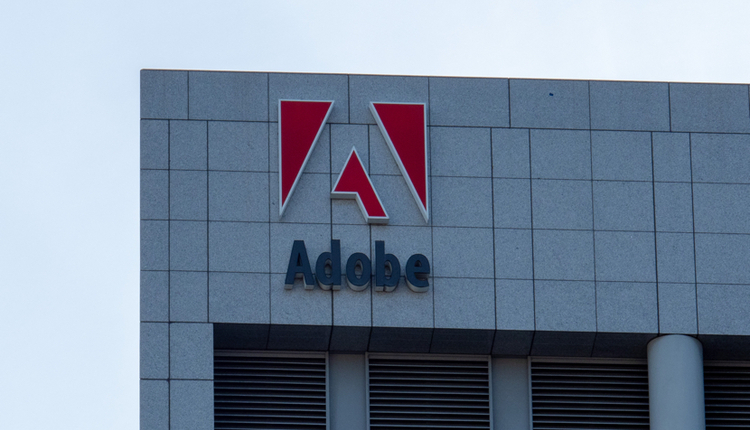
Image by: SIphotography, ©2017 Getty Images
"Voice of the Customer," a discipline used in business and operations (through Six Sigma, for example) to capture customer expectations and preferences, is an excellent resource to evaluate your products or services that have direct impact on customer loyalty.
When you listen to the voice of the customer, you gain a better sense of where your opportunities are as you work to improve the customer experience. A healthcare payer organization, for example, might conduct voice of the customer research to answer the below questions:
- What products should you offer in the next two to three years?
- What kind of plan designs would be of greatest interest and for which market?
- How should you handle the rollout to different markets, e.g., small businesses of below 100 lives, regional versus national accounts?
- How should you educate the employers about the value of your products to drive participation?
- What improvements should be made to speed plan enrollment and administration?
So, Who Is the Customer?
When the goal is deciphering the customer voice, the critical first step is to define who that “customer” is. By classifying the customer—your employees, your account teams, your distribution partners, or the plan participants—a statistical representation of the voice of the customer can bring a meaningful, balanced perspective as inputs to the subsequent analysis and decision-making.5 Steps for Employing the Voice of the Customer
There is a deliberate sequence on how to execute the discovery effort for a clear understanding of your customers’ needs and wants.1. Define the “customer”
Is it a single line of product or multiple products? Is it a client-facing function, a mid-office servicing center, or multiple home office processing teams? Is it market-driven or workflow-dependent?
2. Define the sampling methodology
2. Define the sampling methodology
What is the representative sample size to establish a statistical significance? How should the stakeholders be engaged to gather information, such as virtual or face-to-face, one-on-one or group interviews, self-administered surveys or facilitated workshops, time-and-motion studies or “day in the life” job shadowing, or all of the above?
3. Develop the approach
3. Develop the approach
Prepare scripted questions by stakeholder group to guide the discussion, allowing you to drill down on workflow, identify unique practices, and solicit feedback relative to key issues or concerns as well as improvement priorities. Additionally, the discovery scope should be modified during the interview phase in order to develop maximum insight in minimum time. That is, comments and observations captured in early interviews are vetted and refined during the later rounds of interviews.
4. Secure time commitment
4. Secure time commitment
Stakeholders should be oriented with the approach and duration of the discovery effort. Depending on their role and depth of knowledge, one-on-one sessions take 30 to 60 minutes, while group sessions typically take 60 to 90 minutes. After the initial round of discussions, stakeholders should also be re-engaged to review the captured information for validation and additional feedback.
5. Decode the results
5. Decode the results
With customer data gathered, listen to the voice of your customer by collating and synthesizing the information to ensure that the stakeholder inputs, both positive and negative, are comprehended in its entirety.
- Categorize findings into themes to filter out redundancies or contradictions.
- Perform qualitative and quantitative analysis to support the reframing of challenges.
- Benchmark analysis against peer organizations to rationalize change tactics.
- Perform a gap assessment against the current state to size change efforts.
- Define a phased structure (30/60/90+ days) for opportunities based on business values with corresponding investment impacts.
What Will You Receive for All of Your Customer Engagement Efforts?
The greatest asset of your business is the customer base. Your customer voice provides you with the insights to make pertinent decisions, develop a strategy roadmap aligned with the critical objectives of your business, ultimately help you keep the valued customers you have, and win more customers like them.Bertha Yuen is a Director with Paragon’s Advisory Services team with over two decades of experience in leading high-profile management consulting engagements. Her areas of expertise include developing strategy roadmaps, executing business solutions, and directing programs and personnel in large-scale change initiatives to improve corporate effectiveness. For more information, follow her on LinkedIn or visit www.consultparagon.com.
















